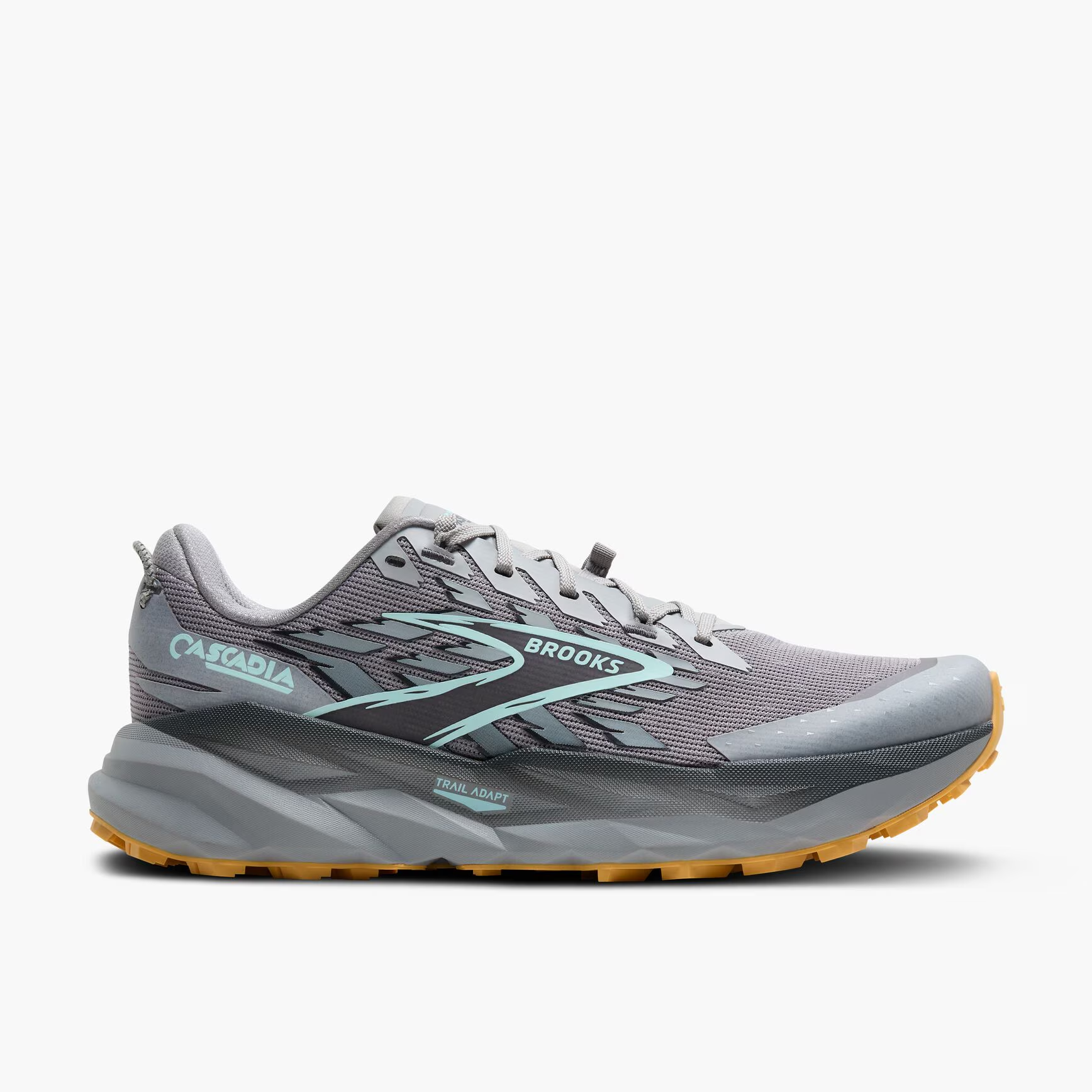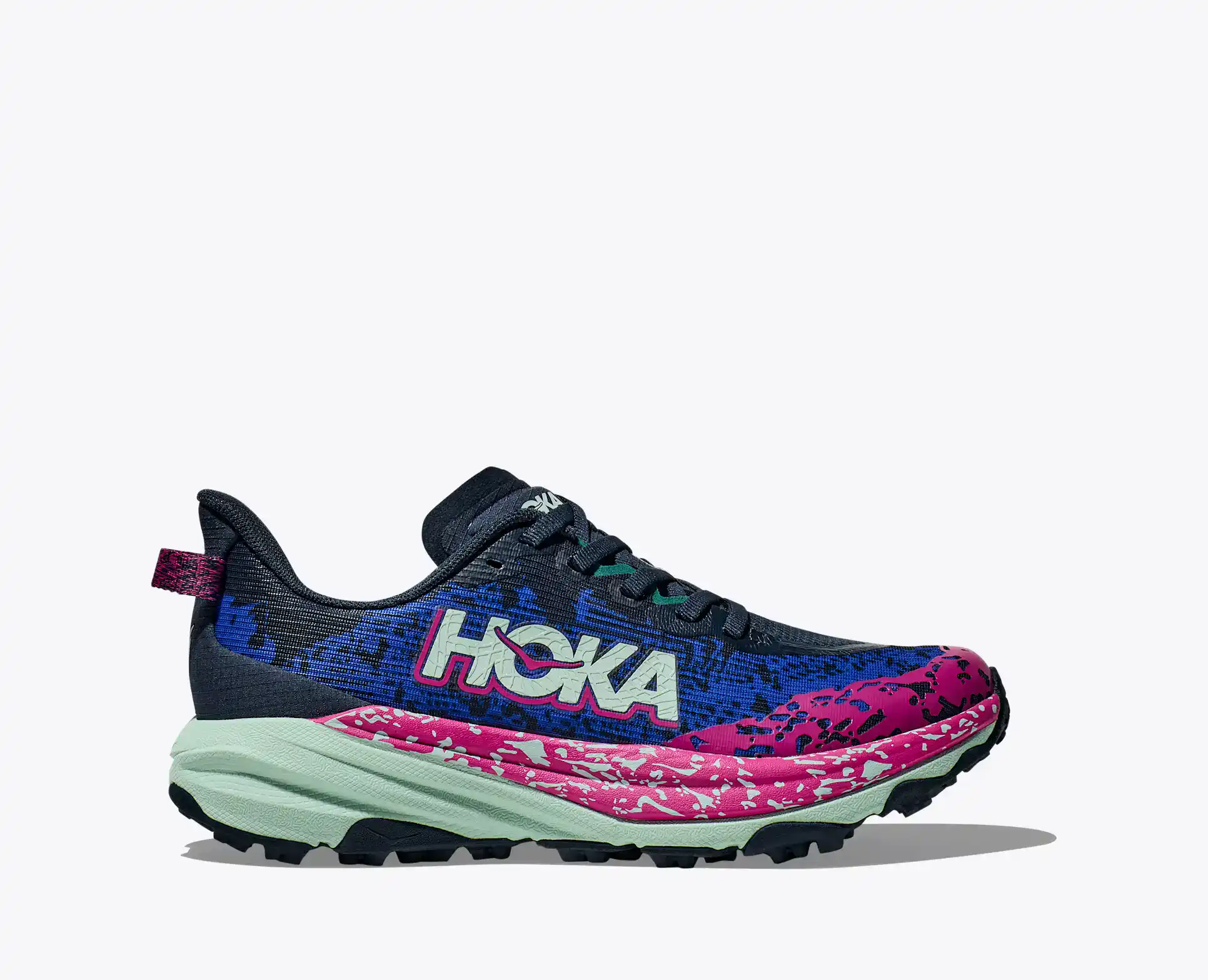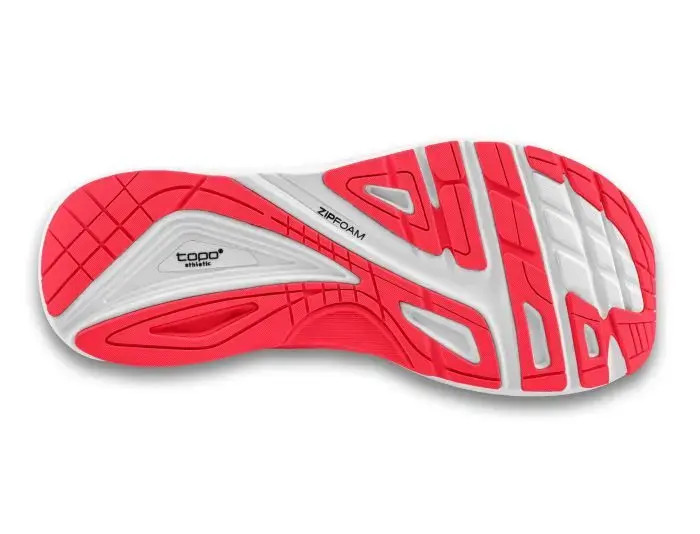
Best Hiking and Backpacking Shoes: Trail Runners, Boots, Road Running Shoes & Waterproof Options
It’s important to note when talking about shoes and where they’re used in this article we’re mainly referring to the terrain that you’d encounter on maintained hiking trails in the US like the Appalachian Trail where conditions are sometimes muddy and boggy but aren’t the same conditions as a place like Scotland. Keep this in mind when deciding what will best serve you and where you’ll be hiking.
Your feet are the foundation of every step you take while out in the backcountry(duh). The wrong footwear can lead to blisters, sore feet, fatigue, and even injuries, while the right shoes can make long days on the trail comfortable and enjoyable. Choosing the best footwear isn’t just about brand names or price, it’s about ensuring you’ve got a proper fit that aids in the way you walk and your time on trail. And, if price really is a factor for you, you’ll often find steep discounts at the end of year clearances. Because for some reason shoe brands decide they need to change their design every year, so if you’ve been eyeing the Bokeh 24’s it makes sense to wait until the 25’s are on their way in.
Additionally, like everything you read on the internet, this is ultimately an opinion piece and not necessarily a universal truth, or even points of view you might share. We always encourage our community to let us know how they feel in the comments. Another point:, we just work here, man. We make the backpacks and our experiences with footwear are mostly anecdotal and informed by our own time on trail, we encourage everyone to visit a local specialty running store to get your arches looked at (flat or high) and how you step or favor one side of the ankle over the other. Do you supinate or pronate? These specialty stores will let you know if you really do need the zero-drop Speedgoose 65’s with a carbon fiber rock plate and copper insoles that ground you while walking, or if you should opt for something else.
This article is a general overview of footwear options – trail runners, traditional hiking boots, road running shoes, and waterproof Gore-Tex shoes.
If you want a TL:DR it goes like this Trail Runners > Hiking Boots > Road Runners > Gore-Tex
Trail Runners: Lightweight, Fast, and Flexible
Trail runners have become increasingly popular among long-distance hikers and fastpackers. They look similar to running shoes but are designed specifically for off-road terrain. The sole of a trail runner is often harder than road running shoes and grants them more durability. They sometimes feature a sole design that has a “knub” granting more traction in dirt and mud as opposed to a flatter sole that road runners have. Most everyone here at ULA wears trail runners when we’re out hiking and backpacking.
Pros
- Lightweight: Trail runners are much lighter than hiking boots, reducing fatigue and letting you move faster.
- Flexible: The flexible sole allows for natural foot movement, which can reduce stress on your joints during long hikes.
- Breathable: Mesh uppers let your feet stay cool, which is great for summer hikes or warm climates.
- Fast-Drying: If your shoes get wet from streams or rain, most trail runners dry quickly compared to boots. It’s important to note that with any type of footwear you choose, taking time to take off your wet shoes and socks for a break throughout the day will go a long way in helping to prevent trenchfoot.
Cons
- Limited Protection: Thin soles and light construction offer minimal protection from rocks, roots, and sharp objects. If you’re hiking the AT, expect to kick a lot of rocks and roots, and if you’re wearing trail runners, expect to feel every instance.
- Less Support: Low-cut trail runners provide little ankle support, which can be risky on uneven terrain or with heavier packs. If you’ve got poor mobility issues and need a sturdier supported step, keep this in mind when you go to try shoes on.
- Durability: Trail runners may wear out faster than sturdy boots, especially on rough or rocky trails. We usually swap shoes out every 500 miles while on a thru-hike. Some do it sooner, some have even boasted about making a pair last over 1,000 miles. Listening to your feet is the best way to assess when it’s time to swap them out.
Ideal Use
- Day hikes, fastpacking, or backpacking trips with light packs and mostly well-maintained trails.
- Trails where speed and agility matter more than protection.
Tip: Pair trail runners with good hiking socks to prevent blisters and consider gaiters for loose gravel or muddy trails. Socks with some moderate cushion can make a huge difference in your on trail experience.



Hiking Boots: Rugged, Supportive, and Durable
Traditional hiking boots are the classic choice for backpackers, offering durability and ankle support for longer and more technical hikes. These are sometimes made with leather uppers and are oftentimes re-soleable. The most common contemporary hiking boots are offered in a mid or high top option and are somewhat breathable.
Pros
- Ankle Support: High-cut boots protect your ankles from twists and sprains, especially when carrying heavy loads.
- Durability: Boots are built to handle rocks, roots, mud, and rough terrain over many years. These usually have a more sturdy toe cap than trail runners meaning your toe isn’t taking the brunt of the rock you just kicked.
- Traction: Deep-lug soles grip well on slippery, muddy, or uneven trails.
- Versatility: Many boots handle a variety of conditions, from light trails to steep, rocky mountain terrain.
Cons
- Heavy: Boots weigh more than trail runners, which can slow you down and increase leg fatigue.
- Break-In Required: New boots often require several hikes to conform to your feet, or they may cause blisters. This is why we always recommend breaking in your footwear before heading out on a long hike.
- Less Breathable: Thick leather or waterproof materials can trap heat, especially in warm weather. This also means it takes more time for your boots to dry out if they get wet and also means they keep the water in when you step in a deep puddle.
Ideal Use
- Multi-day backpacking trips, rugged trails, or hikes where a heavy pack is involved.
- Environments with rough terrain, loose rocks, or unpredictable weather.
Tip: Invest in high-quality socks and consider lightweight boots if you want protection without too much added weight.



Road Running Shoes: Minimalist Comfort for Smooth Trails
While unconventional, road running shoes can work for some hikers, particularly on flat or packed trails. They prioritize cushioning and speed over rugged protection. We’re mainly adding road runners for those that are more backpacking curious that might not fully understand why it’s not recommended to use a road runner on slick, rocky terrain. There are plenty of hikers on a budget that put their Nike or New Balance road running shoes they got from Marshals to good use on a thru-hike, so if it’s all you’ve got, it will work in a pinch.
Pros
- Lightweight and Flexible: Road shoes are the lightest option and allow for a natural stride.
- Comfortable Right Away: No break-in period is needed; you can hike long miles immediately.
- Quick Drying: Mesh materials wick moisture quickly, making them breathable and comfortable.
Cons
- Poor Traction Off-Road: Road shoes aren’t designed for mud, rocks, or technical trails. If you know you’ll mainly be on a gravel path or something relatively flat, road runners are fine. If you know you’re going to encounter a lot of wet rock scrambles, we’d encourage you to look into trail runners instead.
- Minimal Protection: Thin soles and low-cut design leave your feet vulnerable to injuries. Some road runners are a super thin mesh upper and foam bottoms with a slight rubber bottom sole. In some areas with particularly thorny patches or downed trees, sticks, limbs, and thorns can actually puncture the shoes.
- Limited Durability: Shoes wear out quickly on rough or rocky terrain.
Ideal Use
- Flat, smooth trails, gravel paths, or short hikes where weight and comfort are the priority.



Gore-Tex and Waterproof Shoes: Ready for Wet Conditions
Waterproof hiking shoes, often featuring Gore-Tex or similar membranes, are designed to keep your feet dry in wet conditions. They are available in both boots and trail runner styles. Where winter hiking in snow is concerned, and you know you won’t run into water crossings, Gore-Tex shoes can be a practical option. However, if you’re looking at 3-season backpacking and thru-hiking, we’re in the congregation of just say no when it comes to Gore-Tex for long distance backpacking.
Pros
- Waterproof: Keeps feet dry during rain, snow, or stream crossings of a certain depth.
- Durable: Waterproof materials tend to be tougher and longer-lasting than mesh-only shoes.
Cons
- Waterproof: In the same way that these shoes keep water out, they also keep water in if you experience a heavy downpour or happen to encounter a stream crossing that goes above the shoes ankle line.
- Less Breathable: While waterproof, membranes can trap sweat, leading to damp, hot feet on warm days.
- Heavier and Stiffer: Waterproofing adds weight and reduces flexibility compared to non-waterproof shoes. They also get even heavier when wet.
- Not Always Necessary: In many conditions, quick-drying trail runners with gaiters work just as well.
Ideal Use
- Hikes in rainy or wet climates, snow, or regions with frequent shallow stream crossings.
- Areas with soggy and boggy shallow puddles and mud.
Tip: Consider layering with moisture-wicking socks to reduce dampness inside waterproof shoes.

Image by Andrew Skurka read more here.
Final Thoughts
No single type of footwear fits all hiking needs. Trail runners are nimble and fast, boots provide protection and support, road shoes offer lightweight comfort for flatter terrain, and Gore-Tex models keep your feet dry in certain wet conditions. The best choice depends on your terrain, load, weather, and personal comfort preferences. Ultimately footwear is an area where you should experiment until you find what works best for you. The right footwear can prevent you from having blisters that take you off trail early. If you’ve already found a shoe style or brand that works for you and doesn’t put your body into an ache, stick with that. It’s easy to get caught in the gear trap and think you should switch to whatever the newest shiniest “innovation” is.
Find out more about choosing your backpacking gear here.


0 Comments